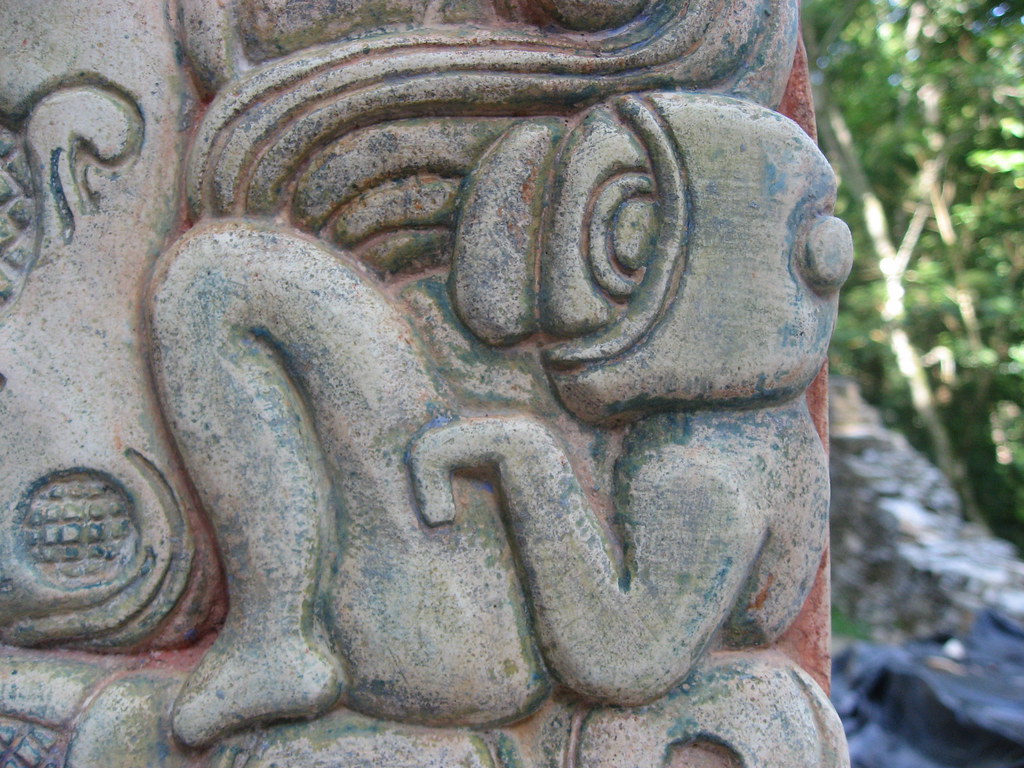Петроглифы с «космонавтами»
20-06-2013, 12:09. Разместил: poisk-istini
Необычные петроглифы
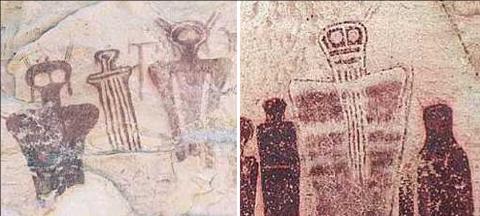
Mas pinturas rupestres en Utah en Barrier Canyon, realizadas por los indios Ute.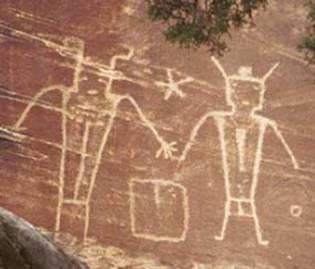
Petroglifos de McConkie Ranch, Utah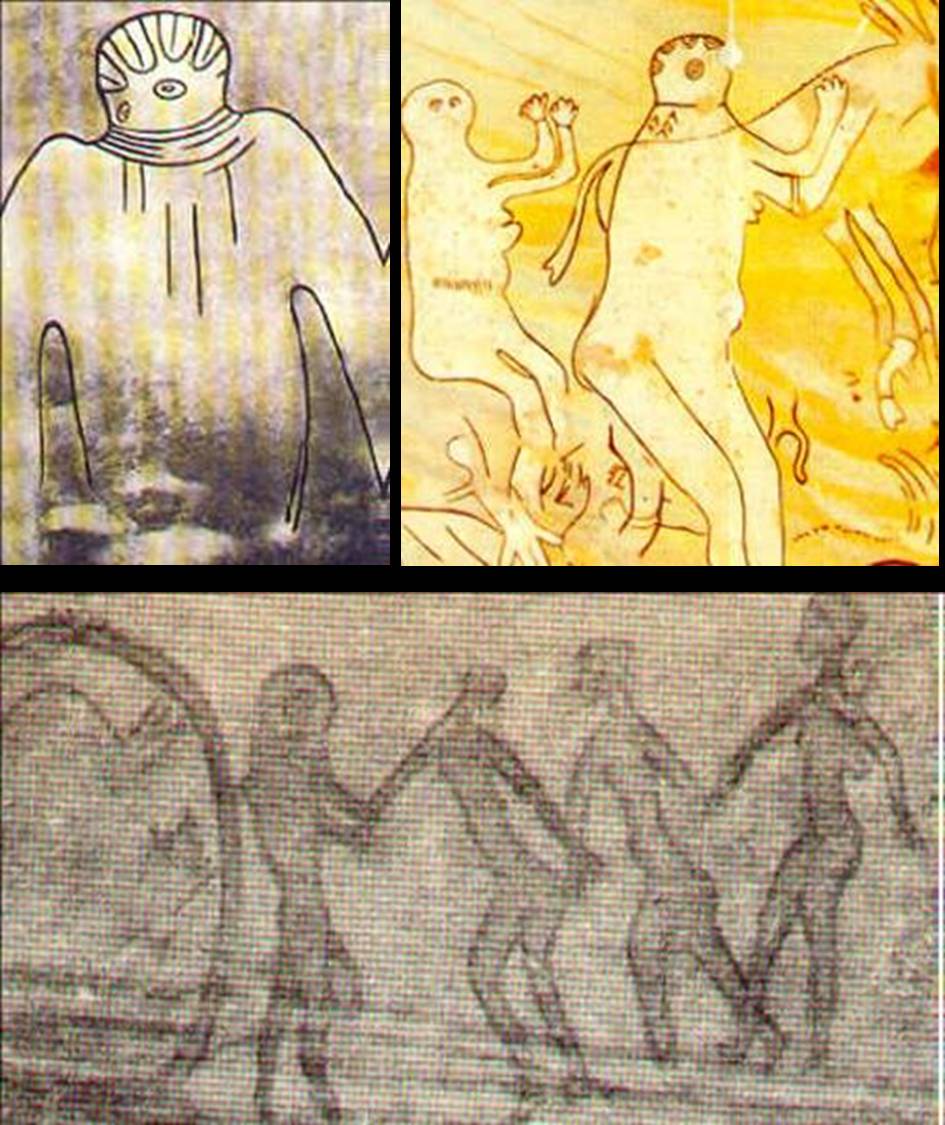
Dioses del Tassili, Desierto del Sahara.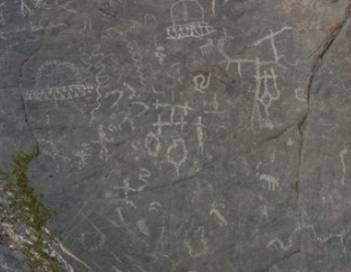
Petroglifos de Death Valley, California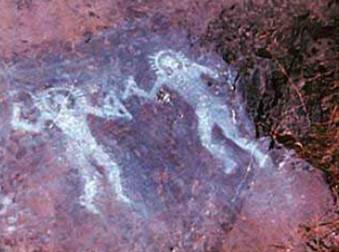
Astronautas de Val Camónica, Italia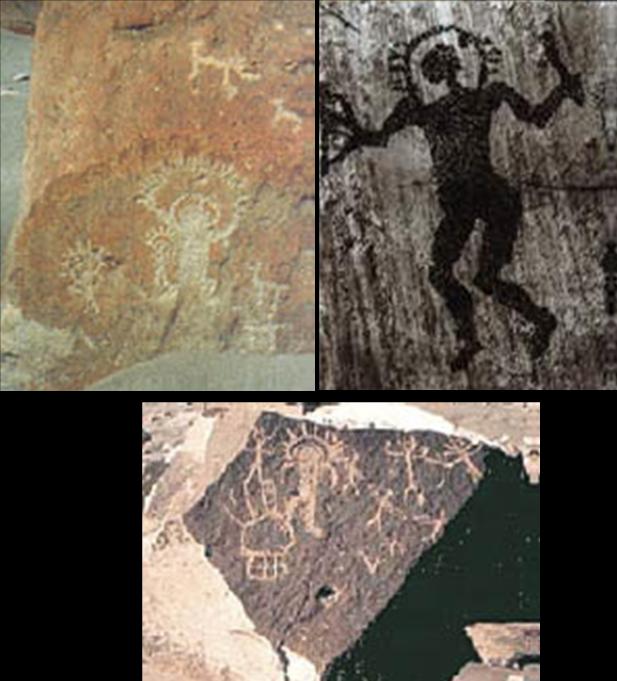
Cosmonautas de Toro Muerto, Méjico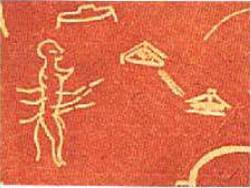
Más dibujos del Tassili, Sahara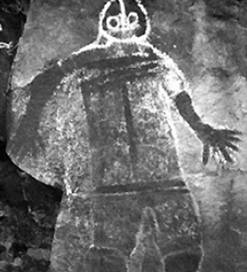
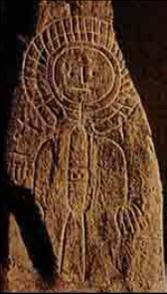
2.Astronauta de Ciudad Rodrigo, España
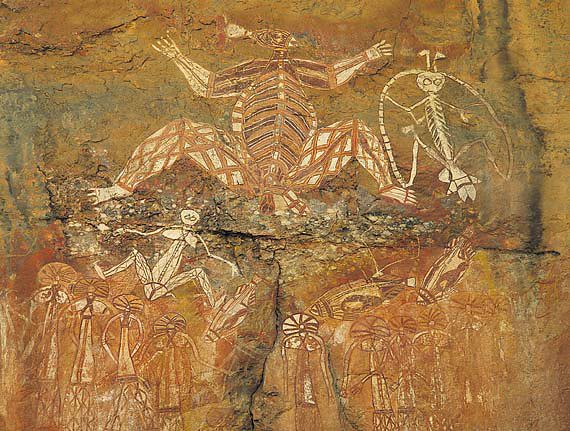

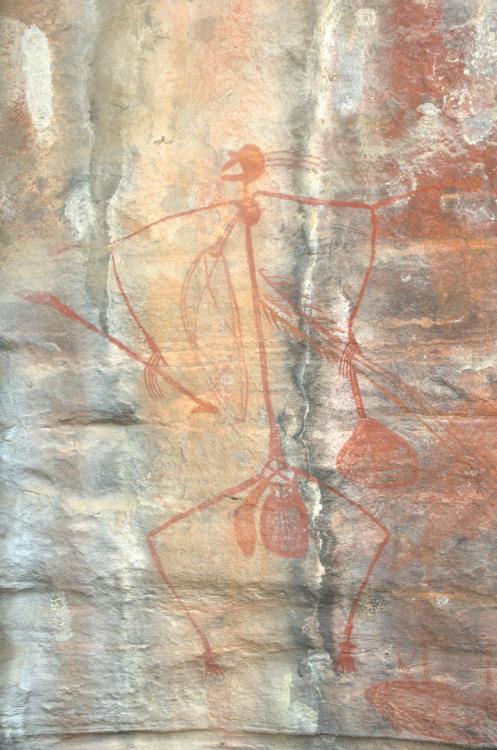
This is a photo of an ochre cave painting of a hunter (or warrior) in Kakadu National Park, Northern Australia.
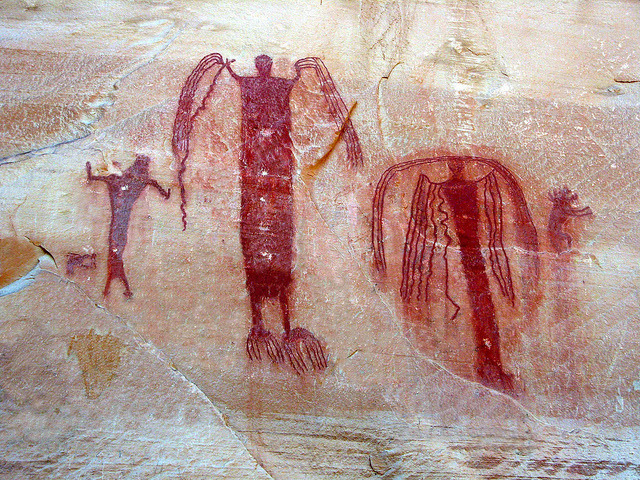
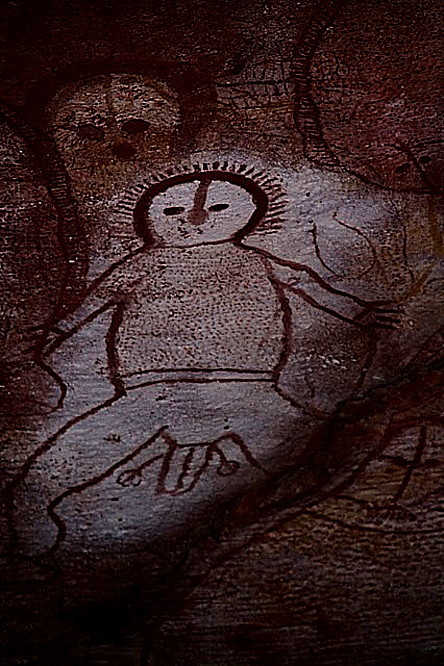
Пещера в Австралии.
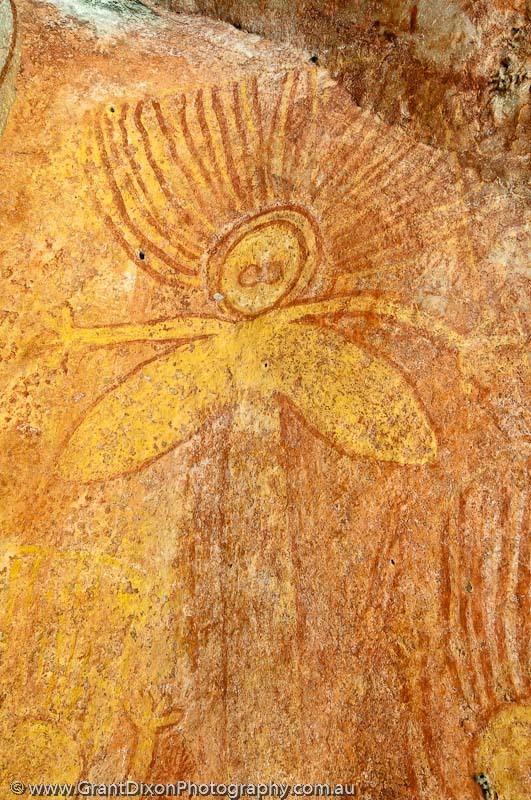
Пещера в Австралии.
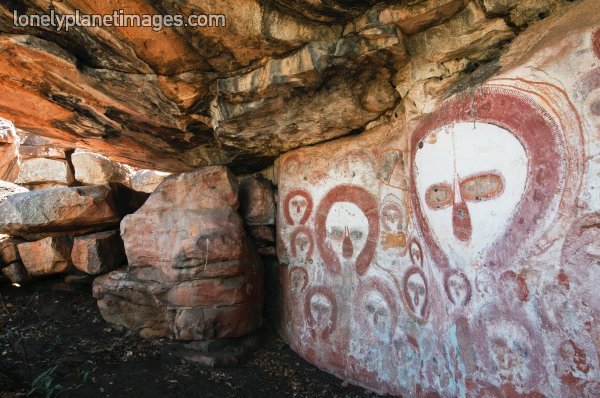
Пещера в Австралии.
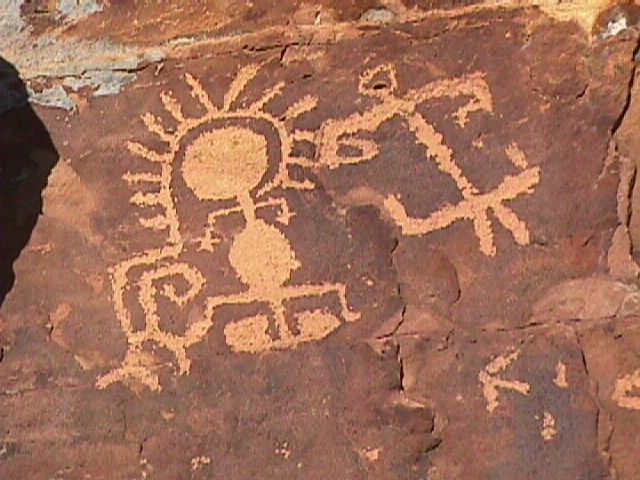
Аризона.
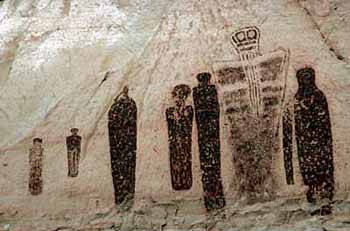
Аризона.
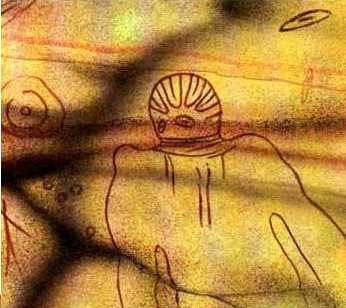
6000 г. до н.э. из Тассили, пустыня Сахара, Северная Африка
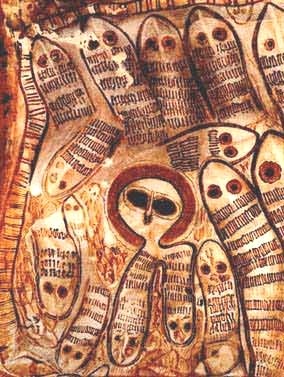
Австралия.
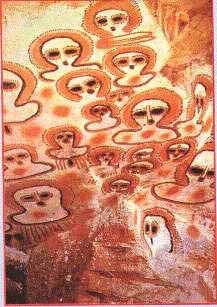
Австралия. 5000 лет назад.

Танзания. 29.000 лет назад.

Танзания. 29.000 лет назад. Обратите внимание на существо, сидящее в "коробке".

Перу. 12.000-14.000 лет назад. Существо возле какого-то аппарата.

Перу. 12.000-14.000 лет назад.

Франция. 17.000 лет назад.

Мексика. 7.000 лет назад.

Штат Юта. 5.000 лет.

Австралия.

Австралия.

Археологический музей Мексики.

Лучше изображения не нашлось... Спорно очень конечно, но...
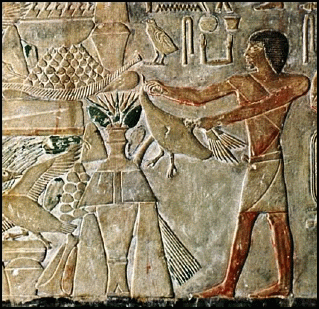
На вазу больше смахивает... Правда для вазы или алтаря странная конструкция...


Странные шлемы на фигурках майя.


Maya Rise and Fall; Popol Vuh Museum; Guatemala City; Universidad Francisco Marroquin

Museo Nacional de Arquelogia y Ethnologia; Ministerio de Cultura y Deportes; Guatemala.


Человечек из Тлатилько.

Tairona. Pendant, 1000-1550 C.E. Gold Brooklyn Museum

Caption: Ancient me'ac Maori temple, Taiohae Bay, Nuku Hiva Island, Marquesas Islands archipelago, French Polynesia, South Pacific Islands, Pacific. Photographer: Jean-Pierre De Mann. Collection: Robert Harding Picture Library.


Cleveland Museum of Art.



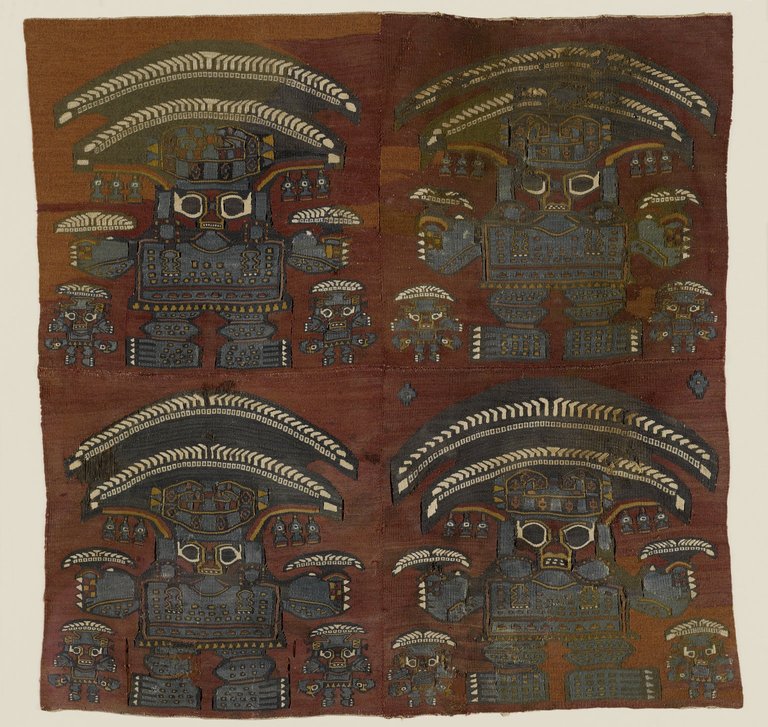
Lambayeque. Tapestry Fragment with Four Large Human Figures, 1000-1476. Camelid fiber, pigments, Textile
Brooklyn Museum.


Xipe Totec flayed himself to give food to humanity, symbolic of the maize seed losing the outer layer of the seed before germination. Without his skin, he was depicted as a golden god. Annually, slaves were selected as sacrifices to Xipe Totec. These slaves were carefully flayed to produce a nearly whole skin which was then worn by the priests during the fertility rituals that followed the sacrifice.



Знак бога Шамаша, в вавилоно ассирийской религии и мифологии бог солнца, справедливости и оракулов.

Знак бога Ахурамазда - в мифах древних иранцев верховное божество.

Знак бога Ашшур.
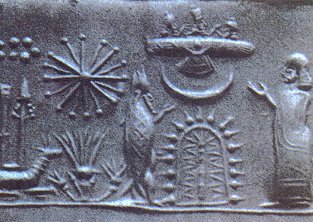



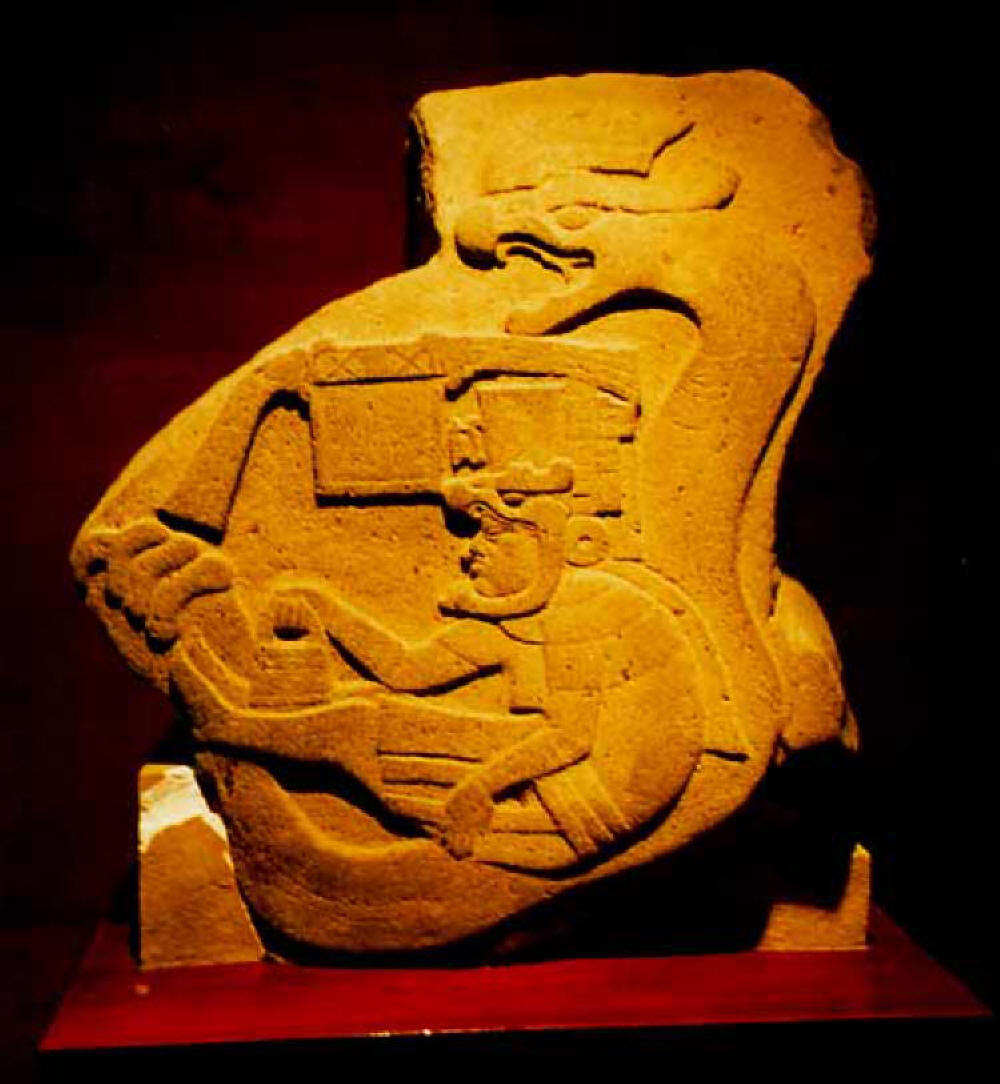
"Человек в змее". Изображён человек внутри изогнутой змеи. Человек одет в одежду с теми же отличительными знаками, которые имеются и у змеи. Этот монумент схож по теме с другими Ольмекскими монументами, на которых изображено появление человека из зооморфных пещер или ниш. Как мы видим на фото "змея" это условное изображение космической капсулы. Руки древнего "космонавта" явно лежат на органах управления, на голове видим подобие шлемофона с наушником и микрофоном.

Foto: R.Habeck
The mystery of the Nomoli When searching for diamonds in West African Sierra Leone, local people made unexpected finds: They repeatedly came across 40 to 70 cm tall stone sculptures. The origin of these so-called Nomoli is uncertain. Some were discovered at depths of 50 metres. This means that they must be about 17,000 years old. A date which does not conform to today’s archaeological knowledge. Where did the Nomoli come from? Were they left by an alien culture which disappeared long ago?







Источник

Тhis very strange artifact from Ecuador and made out of Lydite. Lydite is an exceptionally hard stone and it's nearly the same hardness as granite, notice the chair.
Taironas,Pre-Columbian


Symbols of Ashur, the Chief God of Assyria. The three smaller symbols are frequently found on seal cylinders and on Assyrian monuments—the symbol being generally placed above the head of the king. The central one of the three is the purer and more genuine symbol of Ashur as a solar deity—a sun disc with protruding rays. To this symbol, the warrior with the bow and arrow w as added

Uruk the first city of Sumer. Photo from the Uruk/Warka Excavation in 1929/30--Discovery of the statuette of a ‘high priest’ in a vessel. Mesopotamian city of Uruk, (modern day Warka in Iraq), brought to light the first known urban culture. Deutsches Archäologisches Institut, Orient Abteilung.

1st–7th century Geography: Colombia Culture: Calima (Yotoco) Medium: Gold
The Metropolitan Museum of Art.
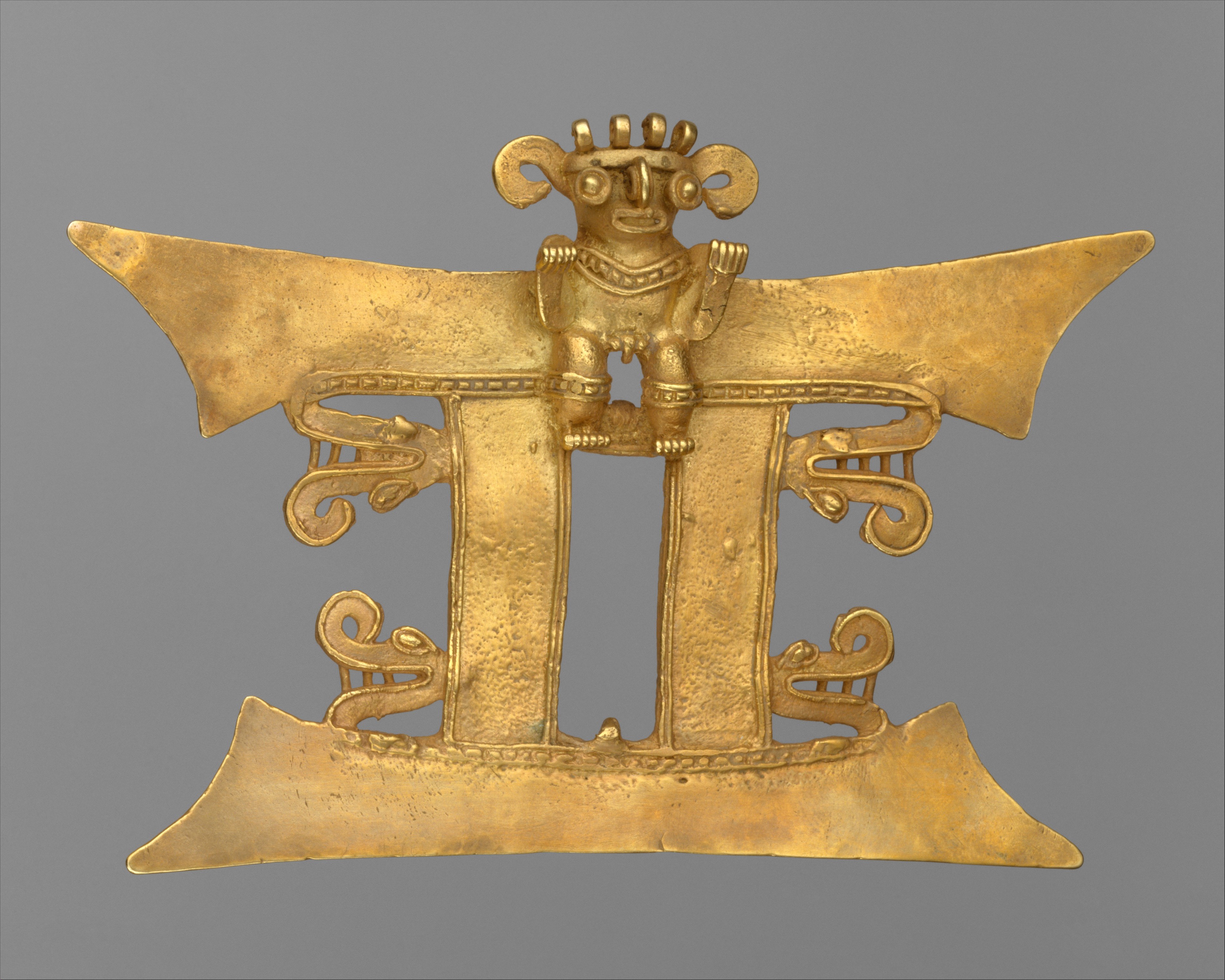
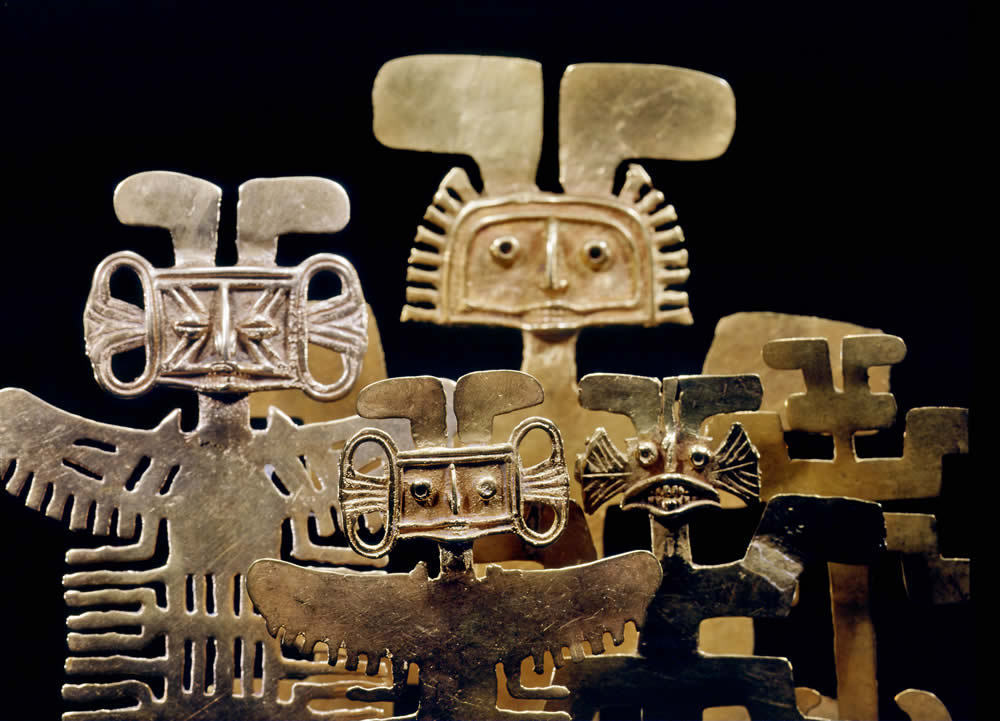
El Museo del Oro del Banco de la República. Bogotá, Colombia.
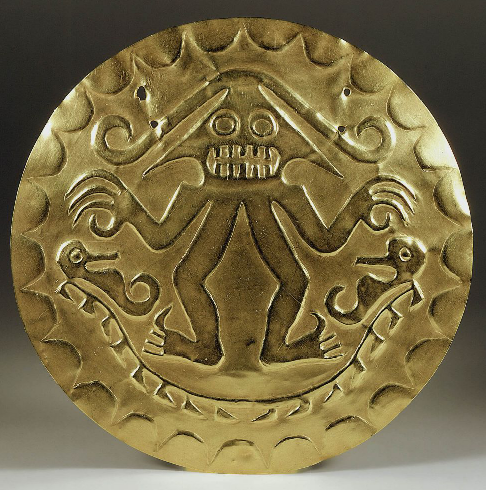
Inca Disk Coclé, Period V, 700-1000 CE, 15.24 cm (6 in.), gold

Древняя фигурка.
Скрин из фильма Ancient Aliens: Chariots, Gods & Beyond, History, min. 31

This ancient stone figure, found at the Mayan ruins in Tikal, Guatemala, resembles a modern-day astronaut in a space helmet.
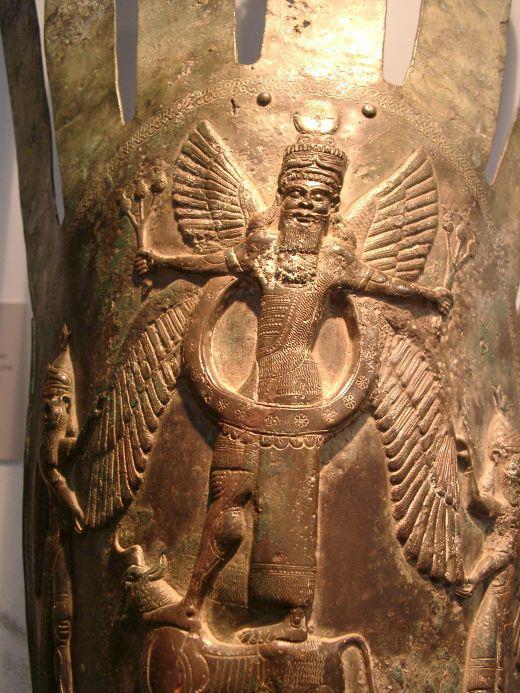
Месопотамия.

Anthropomorphous votive figure, muisca (600 dC - 1600 dC), Muzo, Boyacá.

Oaxaca, Mexico. AD 450-650 (Late Classic, Monte Albán IIIb)

Effigy Urn of Cocijo. AD 300-600. Mexico. Private collection
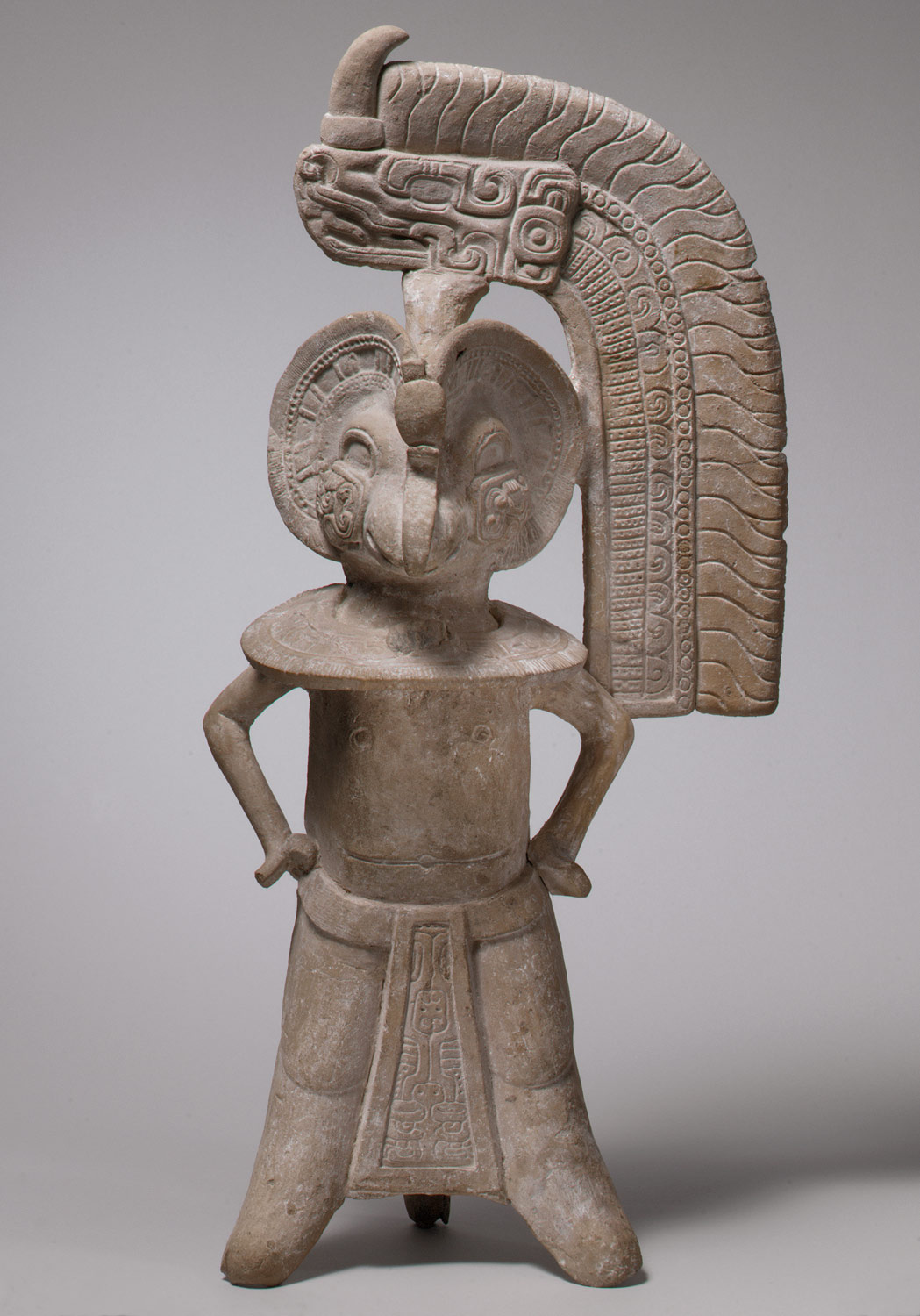

AD 600-900 (Late Classic) Veracruz, Mexico
The Walters Art Museum

University of Oxford - Ashmolean Museum


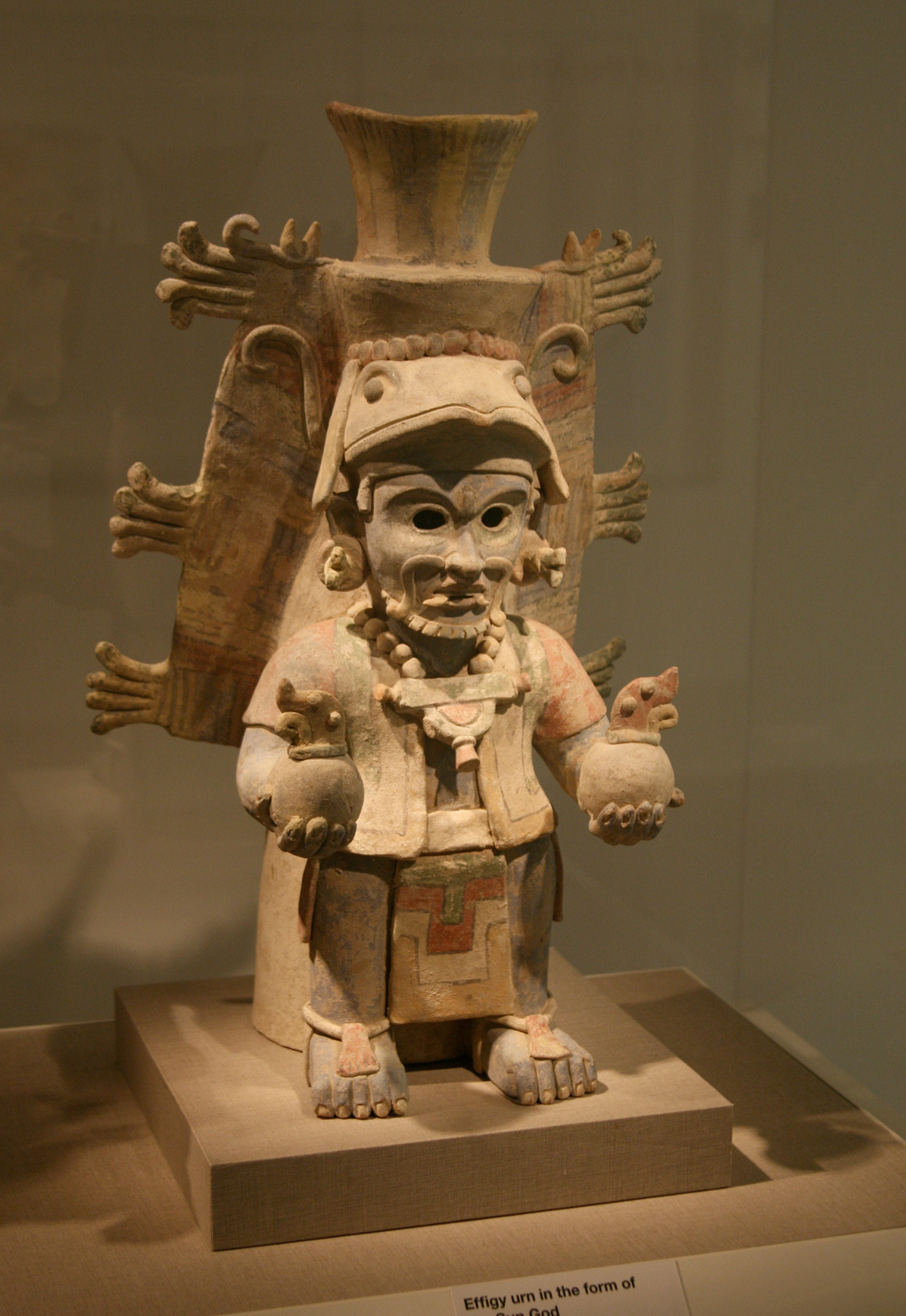


Вернуться назад








